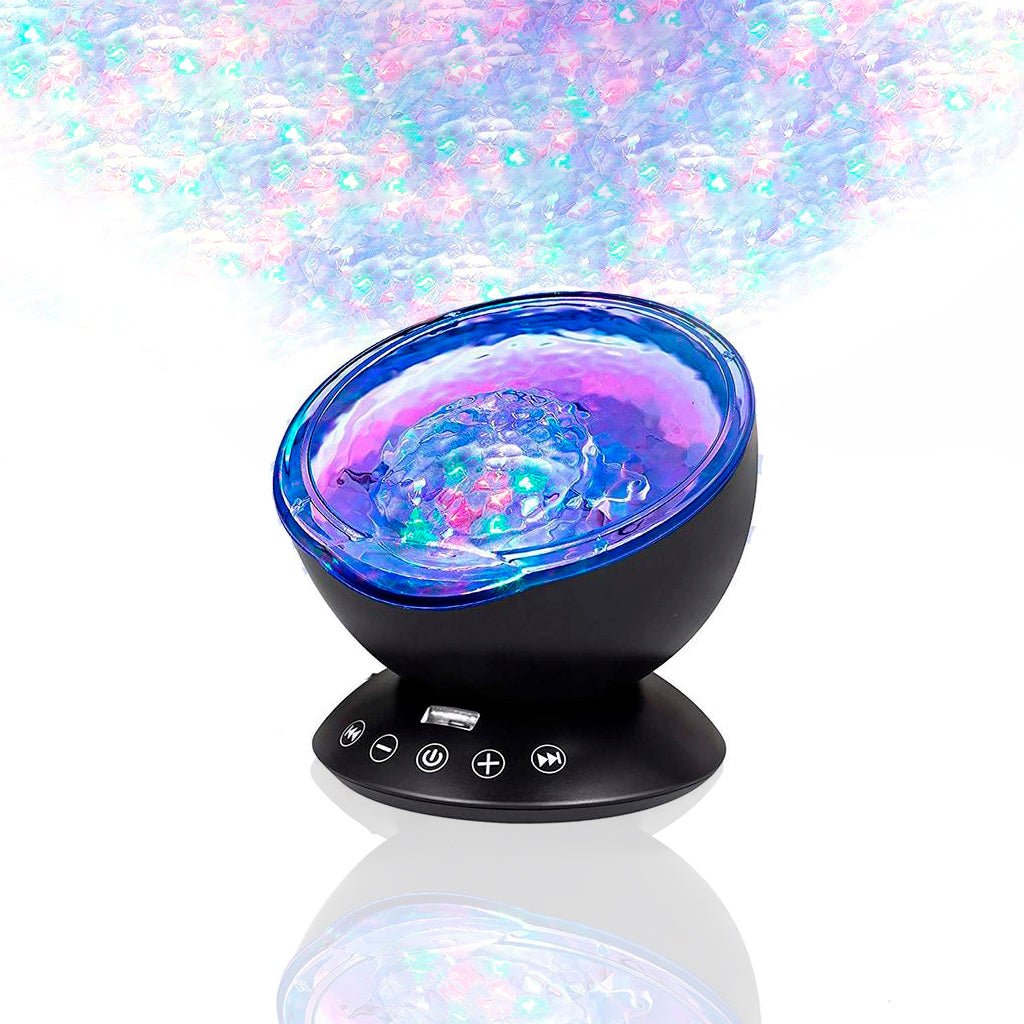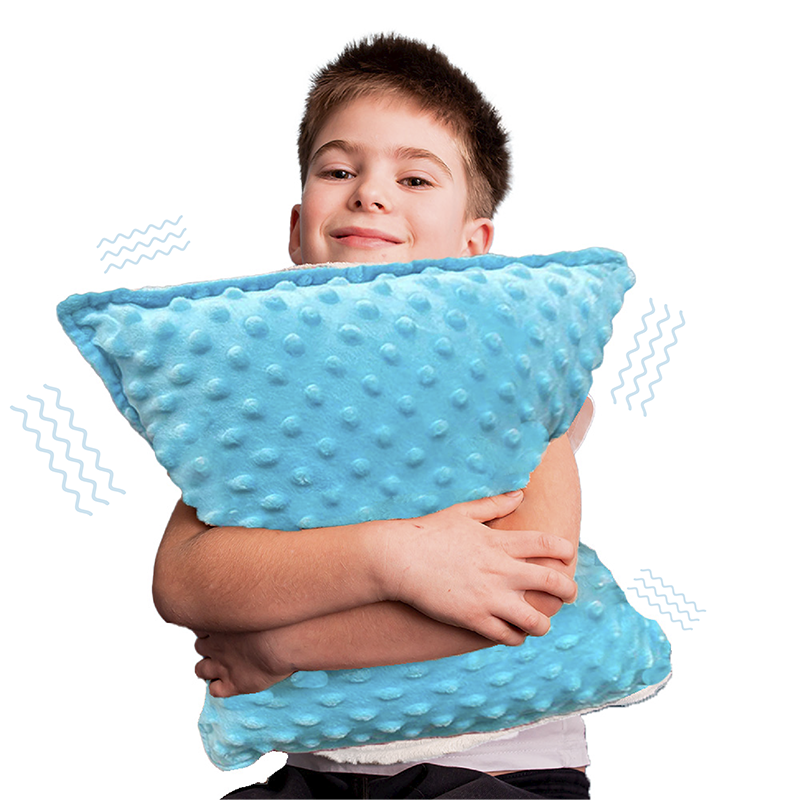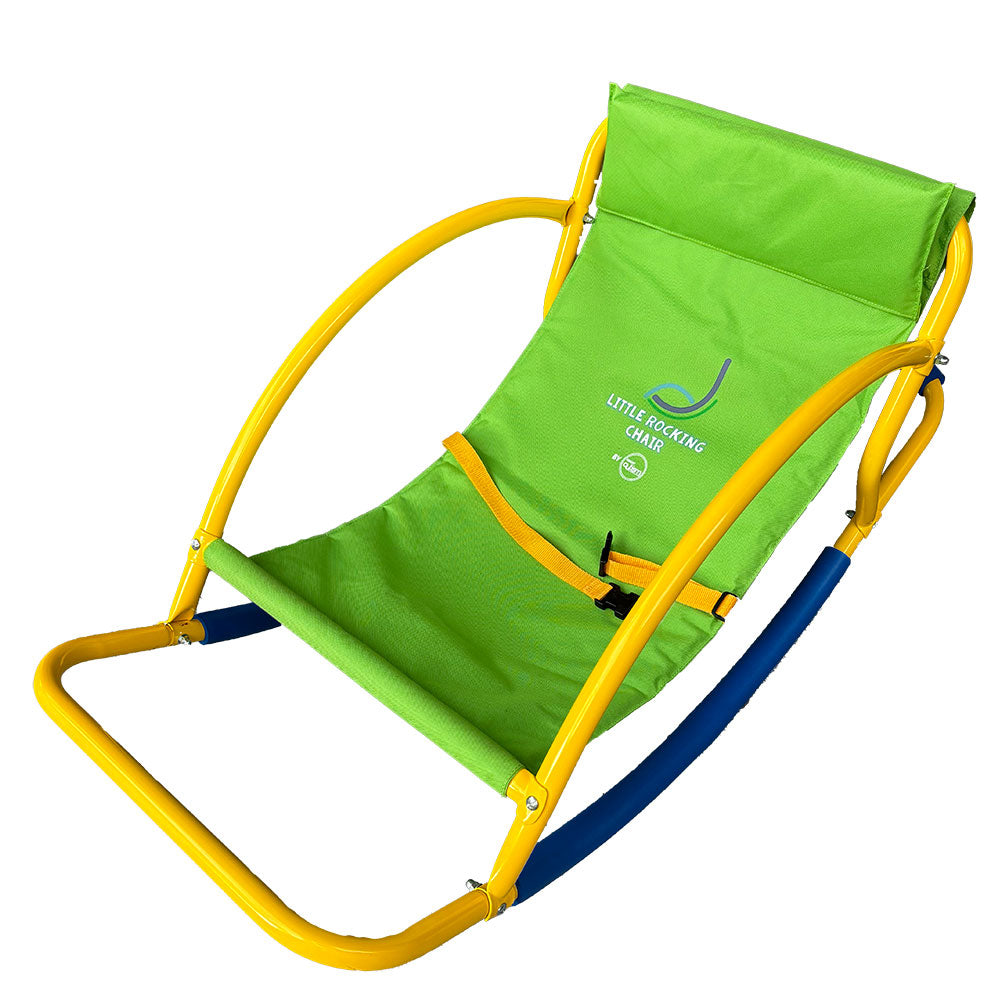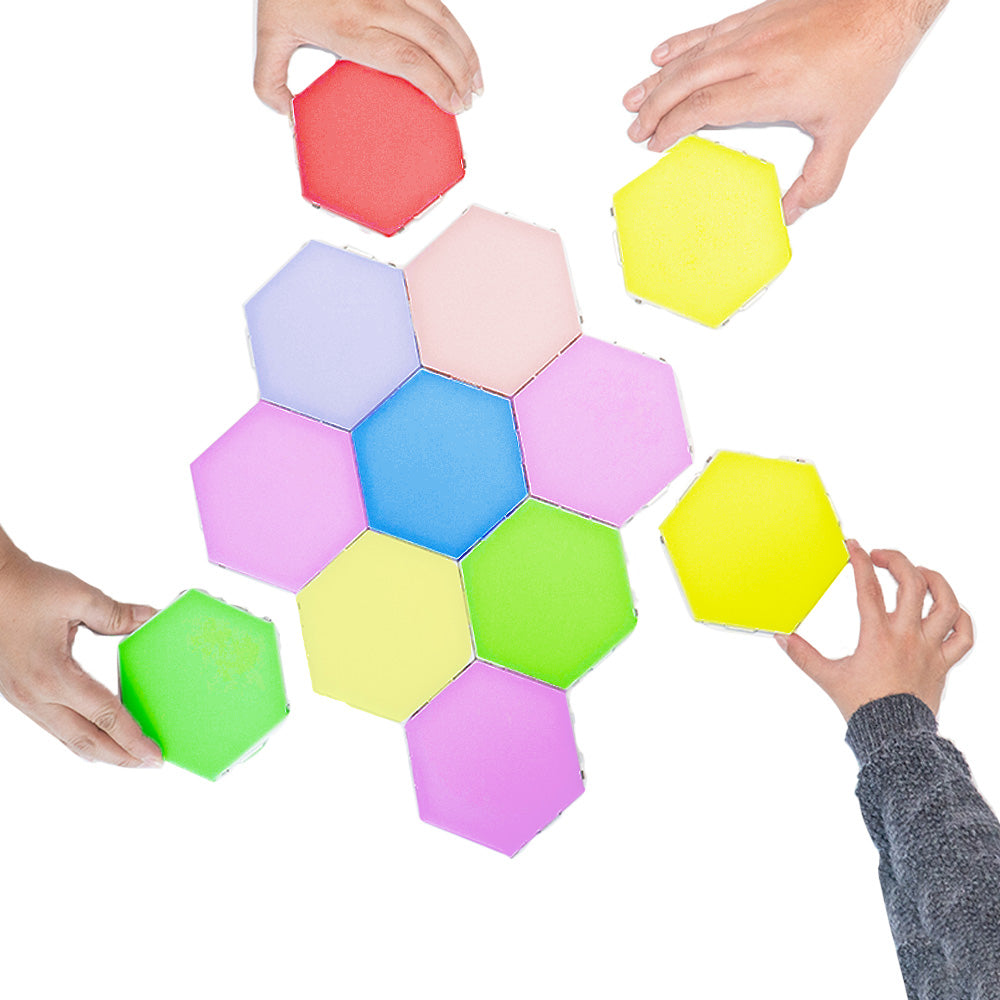
Teaching personal hygiene and grooming skills to children with autism spectrum disorder can be challenging, daunting, and overwhelming. However, it is an essentially necessary set of skills that all children should learn because it will encourage them to live a more productive and healthy lifestyle. The mere fact that the child has autism makes the challenge even more rewarding and satisfying.

The perception of teaching autistic people is conceived as problematic because autism is a developmental disability. This diagnosis is prominent with concerns relating to behavior, social, and communication delays. Therefore, when people living with this diagnosis have learned to care for themselves successfully, they learn to feel good about how they present themselves to society, which could inadvertently help reduce social behaviors while improving their communication skills.
Parents and caregivers can effectively accept and meet these challenges by utilizing certain techniques and learning patterns. The child can follow along when engaging in performing these tasks.

The following are some tips and strategies that can help children learn to accept and want to perform good personal hygiene and grooming techniques.
A great example would be teaching the child how to brush their teeth. Begin by giving the child step-by-step instructions.
- Tell the child to get the toothbrush.
-
Tell the child to get the toothpaste.

- Tell the child to put the toothpaste on the toothbrush.
- Model to the child how to brush teeth.
- Tell the child to rinse his/her mouth.
- Instruct the child to put away items used.
Teaching personal hygiene and grooming proficiency to a child with special needs can be accomplished by modeling the steps needed to complete their goals. Additional tips for teaching daily living activities include creating and maintaining a routine for them to follow. Remain consistent with your expectations of them.

Understand how the child learns and accepts information. Be mindful that consistency is vital in helping them to reach their goals. Acknowledge them with verbal acceptance when they accomplish their tasks. They will learn to pattern their routine after your demonstration.

An efficient method for teaching routines would be to provide visual models for clarity and understanding. There are several ways to relate the information to the child using visual aids. The information can be acted out via a physical demonstration. Another great idea is to tell a story with pictures, this should keep the child interested and following along.









1 comment
This was very helpful. I will use this visual method with my grandson.
Thank you
Leave a comment